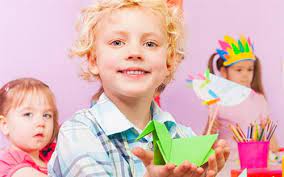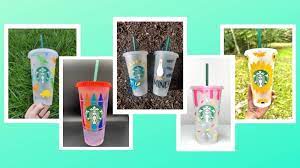Introduction:
Starting the school day on a fun and exciting note sets the tone for a successful and engaged learning environment. One effective way to achieve this is by using your document camera, a versatile tool with numerous applications in the classroom. Here are 20 fun and interactive ways to start your school day using a document camera.
1. Morning Trivia:
Begin the day with a trivia question related to your subject matter. Display the question using your document camera and encourage students to guess the answer.
2. Picture Puzzle:
Show students an image cut into puzzle pieces using your document camera. Have them work together to figure out what the picture is showing.
3. Show and Tell:
Let one student share an item from home, and use your document camera to display it for everyone to see.
4. Today in History:
Display historic images or documents related to events that happened on this day in history and encourage students to discuss them.
5. Art Appreciation:
Start the day with an art activity by displaying a famous painting, sculpture, or photograph and have students express their thoughts on it.
6. Visual Journaling:
Project a writing prompt related to a picture or image, then have students write their responses either individually or as a group discussion.
7. Daily Challenge:
Present students with a new challenge each morning (e.g., logic puzzles, riddles). Display the challenge using your document camera.
8. Reading Corner:
Use your document camera to project a short story, poem, or excerpt from a book and have students follow along as you read aloud.
9. Science Demonstration
Dazzle students with an engaging science experiment or demonstration, shown up close through your document camera.
10. News Round-Up:
Discuss current events by displaying newspaper headlines or articles via your document camera each morning.
11. Mini Meditation:
Begin class with a moment of mindfulness. Project a calming image or quote, and lead your students in a simple meditation exercise.
12. What’s Happening?:
Display a complex or abstract image using your document camera and ask students to brainstorm explanations for what they think is happening in the picture.
13. Photography Critique:
Project a student’s photograph and have the class provide positive feedback and constructive criticism.
14. Visual Vocabulary:
Use images related to new vocabulary words to enhance understanding and help students remember the terms
15. Mystery Object:
Present a close-up image of an object using your document camera, then let students guess what it is.
16. Geography Quiz:
Project a map or an aerial view of an unknown location, then have students use clues to determine the place
17. Math Warm-Up:
Display math problems on the document camera for students to solve as they arrive at school.
18. Virtual Field Trip:
Begin the day with a “virtual field trip” by displaying images or videos related to a place you’re studying in class.
19. Origami Fun:
Teach your class a simple origami figure using the document camera as you fold, allowing all students to see your movements clearly.
20. Memory Game:
Project an image with various objects for 30 seconds, then remove it and have students try to remember each item displayed.
Conclusion:
The document camera provides countless opportunities for engaging students in exciting activities at the beginning of each school day. By incorporating these fun ideas into your routine, you create an environment that fosters curiosity, collaboration, and enthusiasm in your classroom.











